-
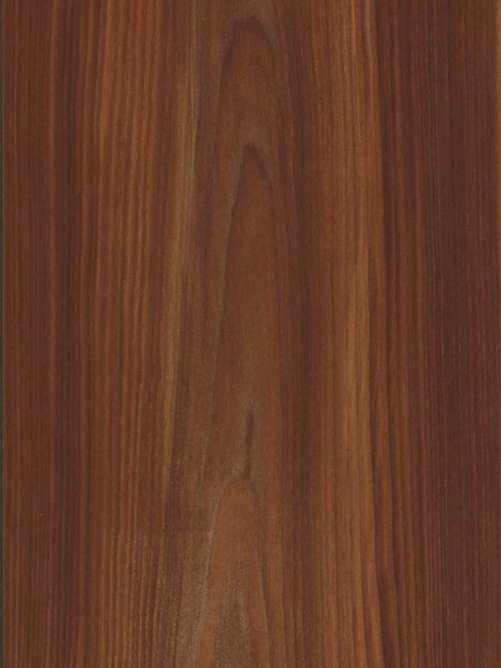 Larch is an exceptionally straight-grained veneer with a reddish-brown heartwood and thin, yellow-white sapwood. This tall, straight tree grows to exceptional heights, producing long lengths of clear veneer, primarily from the heartwood of the tree. Fumed, the typically medium colored wood turns a rich, dark, chocolate brown color reminiscent of African or tropical woods. Learn About Veneer Cut & Matching
Larch is an exceptionally straight-grained veneer with a reddish-brown heartwood and thin, yellow-white sapwood. This tall, straight tree grows to exceptional heights, producing long lengths of clear veneer, primarily from the heartwood of the tree. Fumed, the typically medium colored wood turns a rich, dark, chocolate brown color reminiscent of African or tropical woods. Learn About Veneer Cut & Matching -
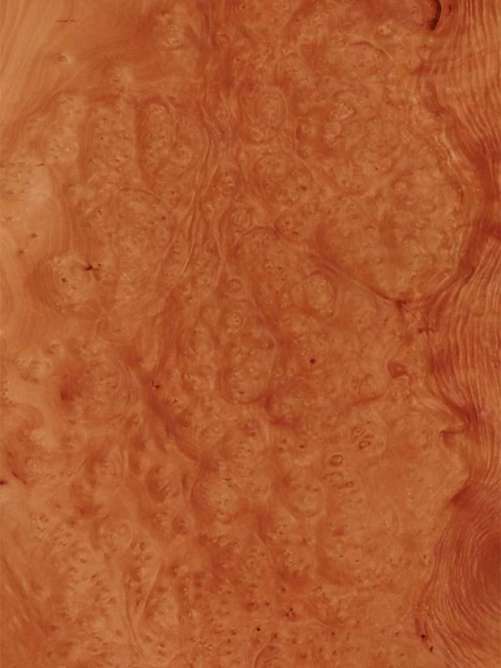 A very little veneer is produced from the trunk, but large growths at the base of the madrona produce this remarkable burl veneer. In what some believe looks like an overhead view of a hilly landscape intertwined with waterways of swirly grain, this warm, inviting, and the choice veneer is highly sought after for high-end architectural installations and custom millwork. Learn About Veneer Cut & Matching
A very little veneer is produced from the trunk, but large growths at the base of the madrona produce this remarkable burl veneer. In what some believe looks like an overhead view of a hilly landscape intertwined with waterways of swirly grain, this warm, inviting, and the choice veneer is highly sought after for high-end architectural installations and custom millwork. Learn About Veneer Cut & Matching -
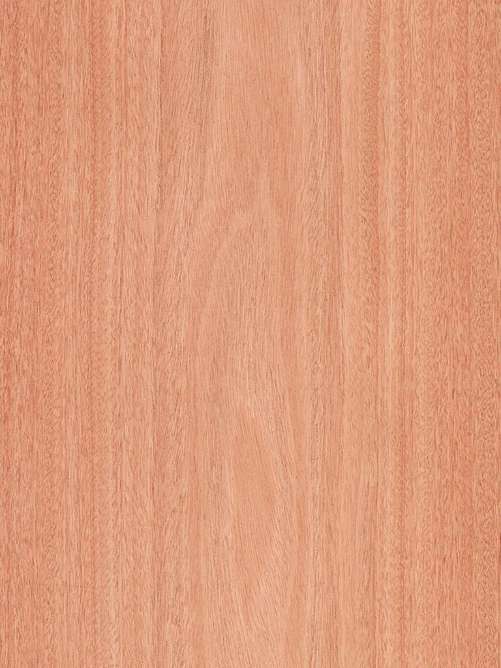 Equally apt in contemporary, global, and traditional settings, mahogany has been traded from African ports for hundreds of years. Typically red to red-brown, and darker than South American mahoganies, this species often develops a plain to ropey stripe and may be marked with highly decorative cross figuring. Crotch veneers with vivid, flame-like patterns are one of nature’s most beautiful works of art. Learn About Veneer Cut & Matching
Equally apt in contemporary, global, and traditional settings, mahogany has been traded from African ports for hundreds of years. Typically red to red-brown, and darker than South American mahoganies, this species often develops a plain to ropey stripe and may be marked with highly decorative cross figuring. Crotch veneers with vivid, flame-like patterns are one of nature’s most beautiful works of art. Learn About Veneer Cut & Matching -
 Equally apt in contemporary, global, and traditional settings, mahogany has been traded from African ports for hundreds of years. Typically red to red-brown, and darker than South American mahoganies, this species often develops a plain to ropey stripe and may be marked with highly decorative cross figuring. Crotch veneers with vivid, flame-like patterns are one of nature’s most beautiful works of art. Learn About Veneer Cut & Matching
Equally apt in contemporary, global, and traditional settings, mahogany has been traded from African ports for hundreds of years. Typically red to red-brown, and darker than South American mahoganies, this species often develops a plain to ropey stripe and may be marked with highly decorative cross figuring. Crotch veneers with vivid, flame-like patterns are one of nature’s most beautiful works of art. Learn About Veneer Cut & Matching -
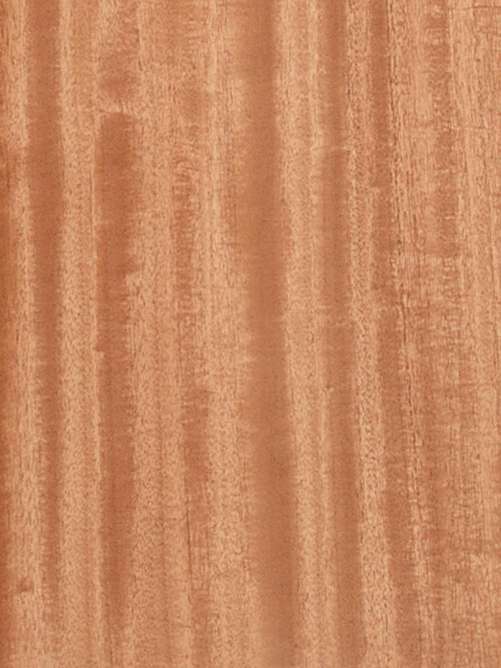 Equally apt in contemporary, global, and traditional settings, mahogany has been traded from African ports for hundreds of years. Typically red to red-brown, and darker than South American mahoganies, this species often develops a plain to ropey stripe and may be marked with highly decorative cross figuring. Crotch veneers with vivid, flame-like patterns are one of nature’s most beautiful works of art. Learn About Veneer Cut & Matching
Equally apt in contemporary, global, and traditional settings, mahogany has been traded from African ports for hundreds of years. Typically red to red-brown, and darker than South American mahoganies, this species often develops a plain to ropey stripe and may be marked with highly decorative cross figuring. Crotch veneers with vivid, flame-like patterns are one of nature’s most beautiful works of art. Learn About Veneer Cut & Matching -
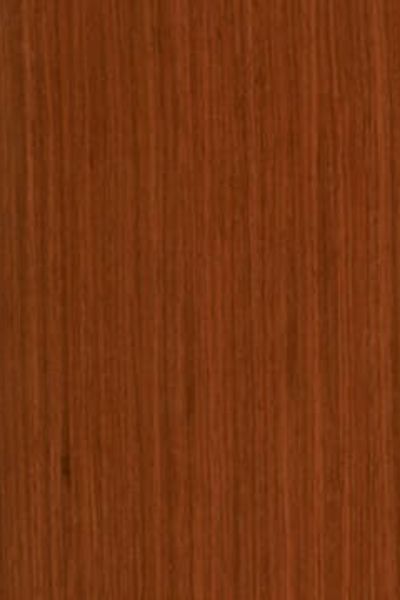 Brookside Veneers, Produced by Alpi Spa. Learn About Veneer Cut & Matching
Brookside Veneers, Produced by Alpi Spa. Learn About Veneer Cut & Matching -
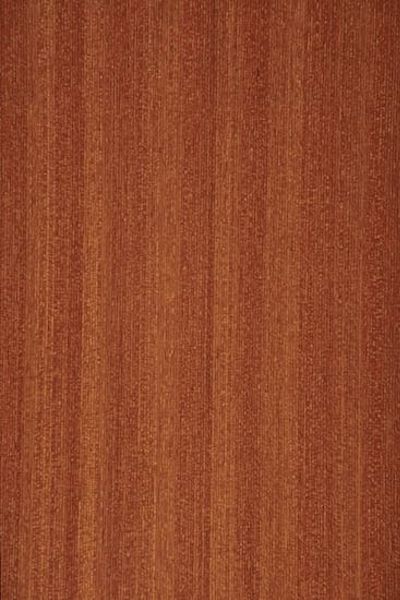 Brookside Veneers, Produced by Alpi Spa. Learn About Veneer Cut & Matching
Brookside Veneers, Produced by Alpi Spa. Learn About Veneer Cut & Matching -
 Equally apt in contemporary, global, and traditional settings, mahogany has been traded from African ports for hundreds of years. Typically red to red-brown, and darker than South American mahoganies, this species often develops a plain to ropey stripe and may be marked with highly decorative cross figuring. Crotch veneers with vivid, flame-like patterns are one of nature’s most beautiful works of art. Learn About Veneer Cut & Matching
Equally apt in contemporary, global, and traditional settings, mahogany has been traded from African ports for hundreds of years. Typically red to red-brown, and darker than South American mahoganies, this species often develops a plain to ropey stripe and may be marked with highly decorative cross figuring. Crotch veneers with vivid, flame-like patterns are one of nature’s most beautiful works of art. Learn About Veneer Cut & Matching -
 Also called African cherry, Makore shares the light pink to deep red coloring, dark growth lines, and small pores common to cherry. In architectural installations, it has the added benefit of availability in large sizes not found in American cherry. Cut on the quarter, Makore shows a contrasting stripe that may be plain or crossed with a variety of decorative figures. Flat cut, it bears the distinctive cathedral grain pattern. Learn About Veneer Cut & Matching
Also called African cherry, Makore shares the light pink to deep red coloring, dark growth lines, and small pores common to cherry. In architectural installations, it has the added benefit of availability in large sizes not found in American cherry. Cut on the quarter, Makore shows a contrasting stripe that may be plain or crossed with a variety of decorative figures. Flat cut, it bears the distinctive cathedral grain pattern. Learn About Veneer Cut & Matching -
 Also called African cherry, Makore shares the light pink to deep red coloring, dark growth lines, and small pores common to cherry. In architectural installations, it has the added benefit of availability in large sizes not found in American cherry. Cut on the quarter, Makore shows a contrasting stripe that may be plain or crossed with a variety of decorative figures. Flat cut, it bears the distinctive cathedral grain pattern. Learn About Veneer Cut & Matching
Also called African cherry, Makore shares the light pink to deep red coloring, dark growth lines, and small pores common to cherry. In architectural installations, it has the added benefit of availability in large sizes not found in American cherry. Cut on the quarter, Makore shows a contrasting stripe that may be plain or crossed with a variety of decorative figures. Flat cut, it bears the distinctive cathedral grain pattern. Learn About Veneer Cut & Matching -
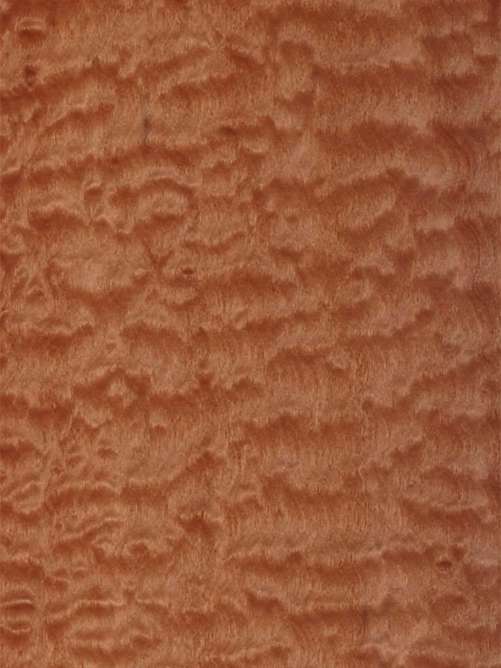 Also called African cherry, Makore shares the light pink to deep red coloring, dark growth lines, and small pores common to cherry. In architectural installations, it has the added benefit of availability in large sizes not found in American cherry. Cut on the quarter, Makore shows a contrasting stripe that may be plain or crossed with a variety of decorative figures. Flat cut, it bears the distinctive cathedral grain pattern. Learn About Veneer Cut & Matching
Also called African cherry, Makore shares the light pink to deep red coloring, dark growth lines, and small pores common to cherry. In architectural installations, it has the added benefit of availability in large sizes not found in American cherry. Cut on the quarter, Makore shows a contrasting stripe that may be plain or crossed with a variety of decorative figures. Flat cut, it bears the distinctive cathedral grain pattern. Learn About Veneer Cut & Matching -
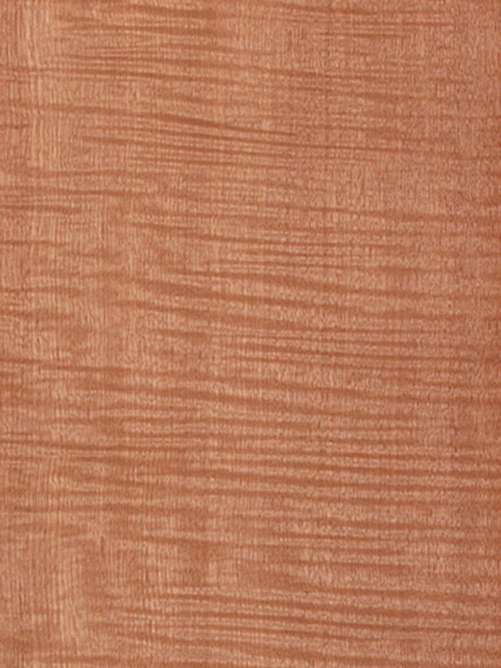 Also called African cherry, Makore shares the light pink to deep red coloring, dark growth lines, and small pores common to cherry. In architectural installations, it has the added benefit of availability in large sizes not found in American cherry. Cut on the quarter, Makore shows a contrasting stripe that may be plain or crossed with a variety of decorative figures. Flat cut, it bears the distinctive cathedral grain pattern. Learn About Veneer Cut & Matching
Also called African cherry, Makore shares the light pink to deep red coloring, dark growth lines, and small pores common to cherry. In architectural installations, it has the added benefit of availability in large sizes not found in American cherry. Cut on the quarter, Makore shows a contrasting stripe that may be plain or crossed with a variety of decorative figures. Flat cut, it bears the distinctive cathedral grain pattern. Learn About Veneer Cut & Matching

